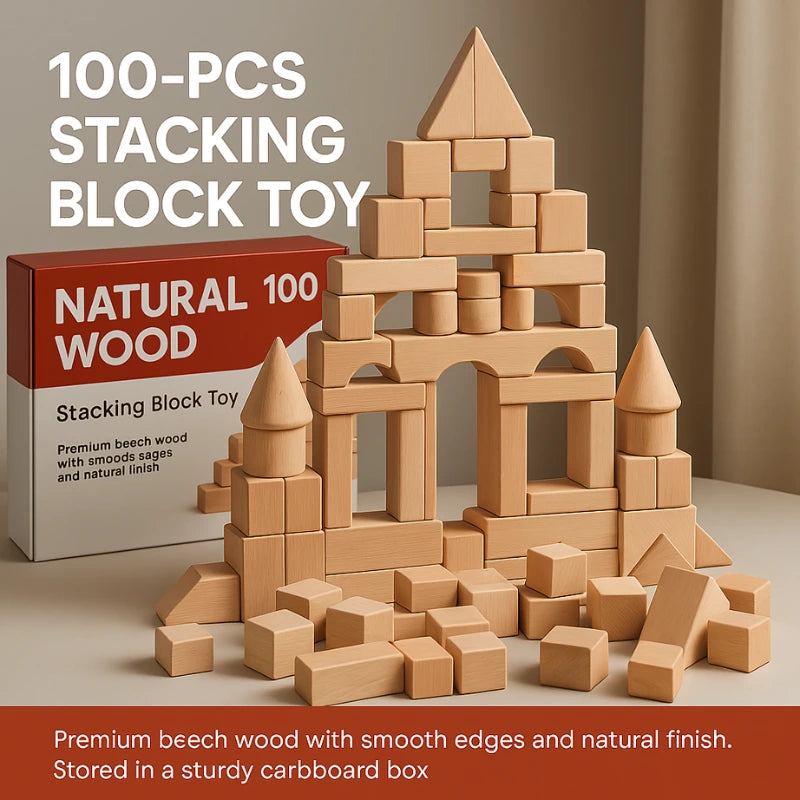
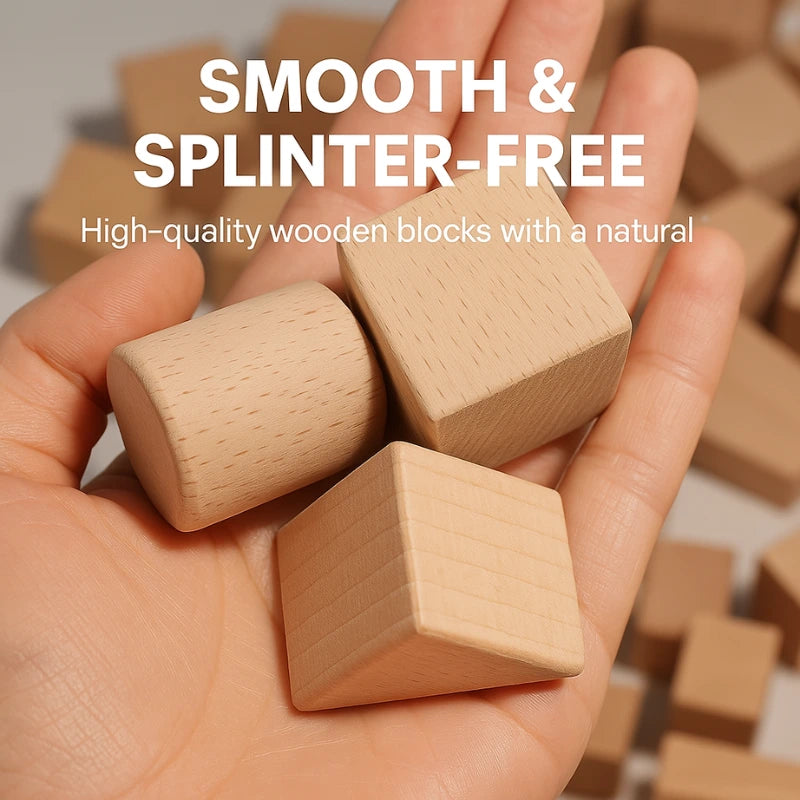
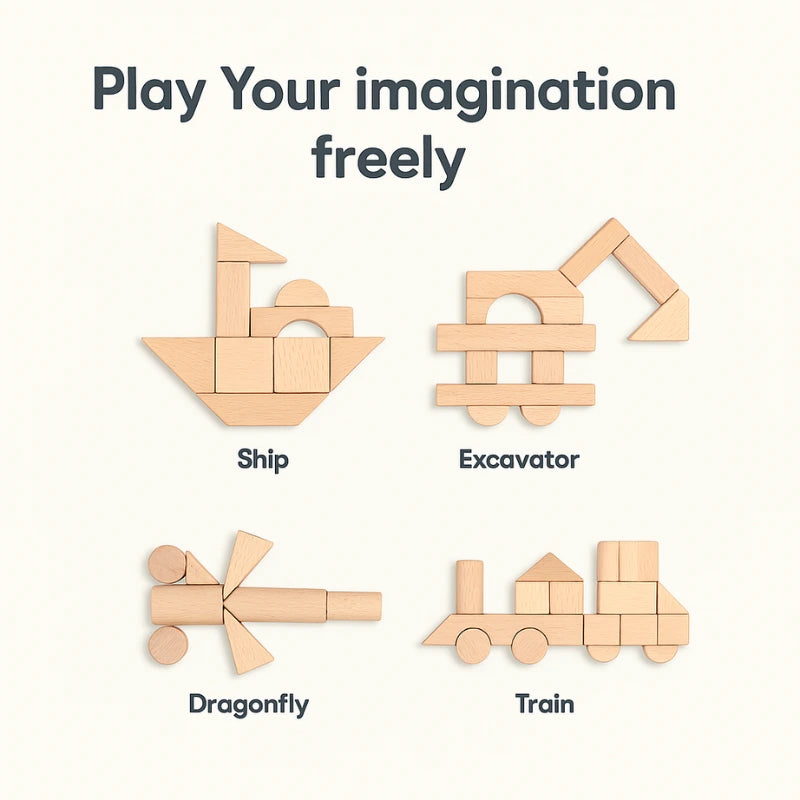
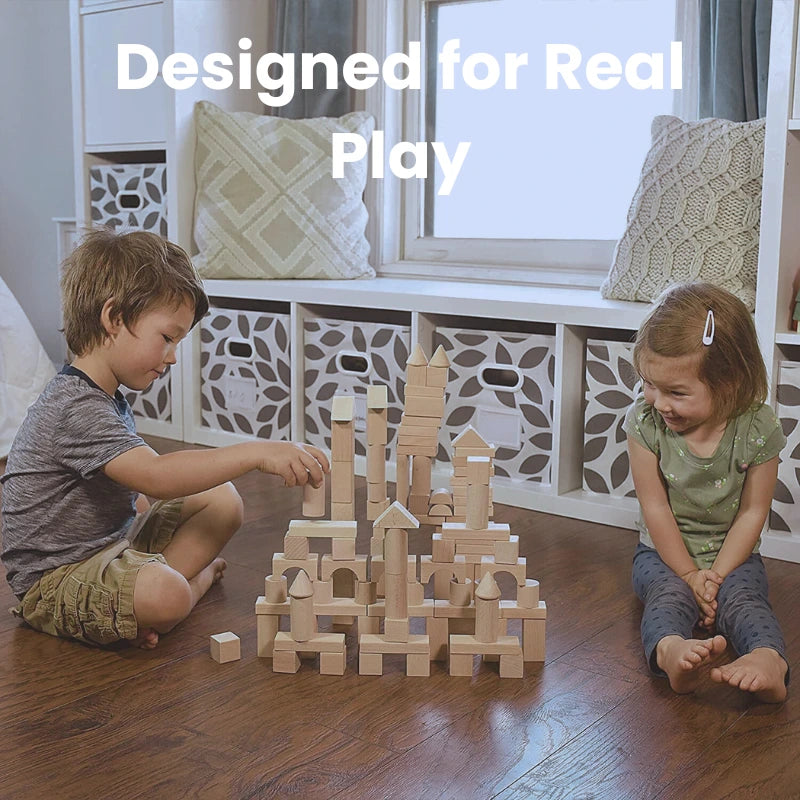
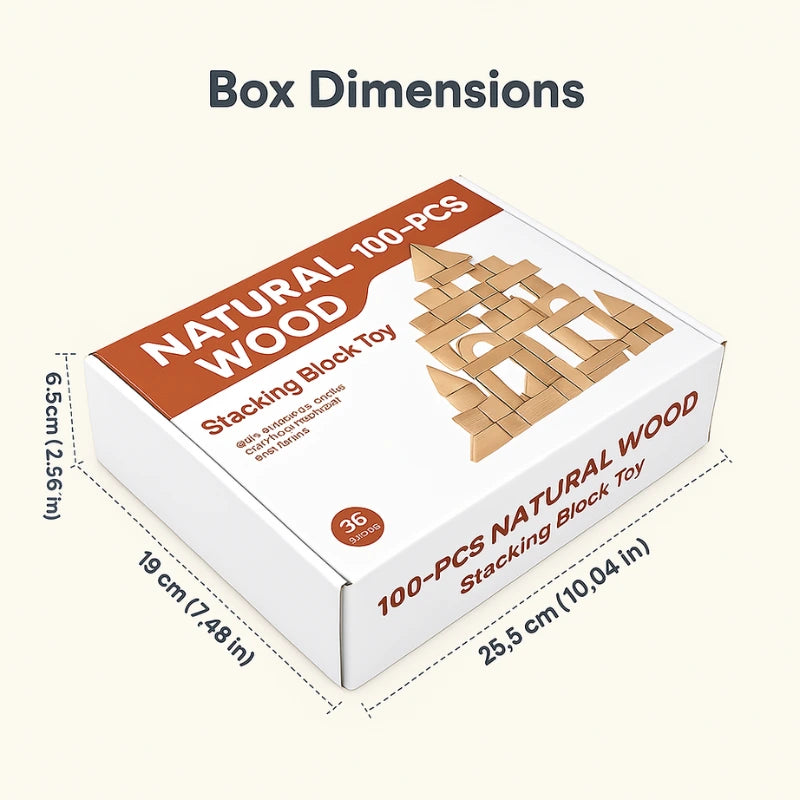
Frequently Asked Questions
What makes these wooden blocks better than plastic building sets?
Natural wood blocks offer several advantages over plastic alternatives. They have a pleasant weight and texture that helps children develop a better sense of balance and physics. The natural material provides tactile sensory input that plastic cannot replicate. Additionally, wooden blocks are more environmentally friendly, biodegradable, and typically more durable than plastic sets, often becoming family heirlooms passed down through generations.
How do these blocks support STEM learning?
These blocks naturally introduce children to fundamental concepts in science, technology, engineering, and mathematics. As children build, they intuitively learn about gravity, balance, symmetry, spatial relationships, and basic physics principles. Problem-solving occurs naturally as they figure out how to create stable structures, and early mathematical thinking develops as they compare sizes, count blocks, and create patterns.
Are these blocks appropriate for multiple ages playing together?
Absolutely! One of the greatest benefits of these blocks is their ability to engage children (and adults) across different developmental stages. Younger children might focus on simple stacking and sorting by shape, while older siblings can create complex architectural structures. This makes them perfect for family play, mixed-age classrooms, or playdates with children of varying ages.
How should these blocks be cleaned and maintained?
These natural wood blocks are easy to maintain. Simply wipe with a damp cloth if they become dirty. Avoid soaking in water or using harsh cleaning chemicals, as these can damage the wood. Store in the provided container in a dry location. With proper care, these blocks will maintain their quality for years or even decades.
How do these blocks compare to other Montessori materials?
These blocks align perfectly with Montessori principles by providing an open-ended, self-directed learning experience. The natural materials, absence of electronic features, and focus on tactile exploration all support the Montessori approach. While specialized Montessori materials often focus on teaching specific concepts, these blocks offer versatile play that covers multiple developmental areas simultaneously.








